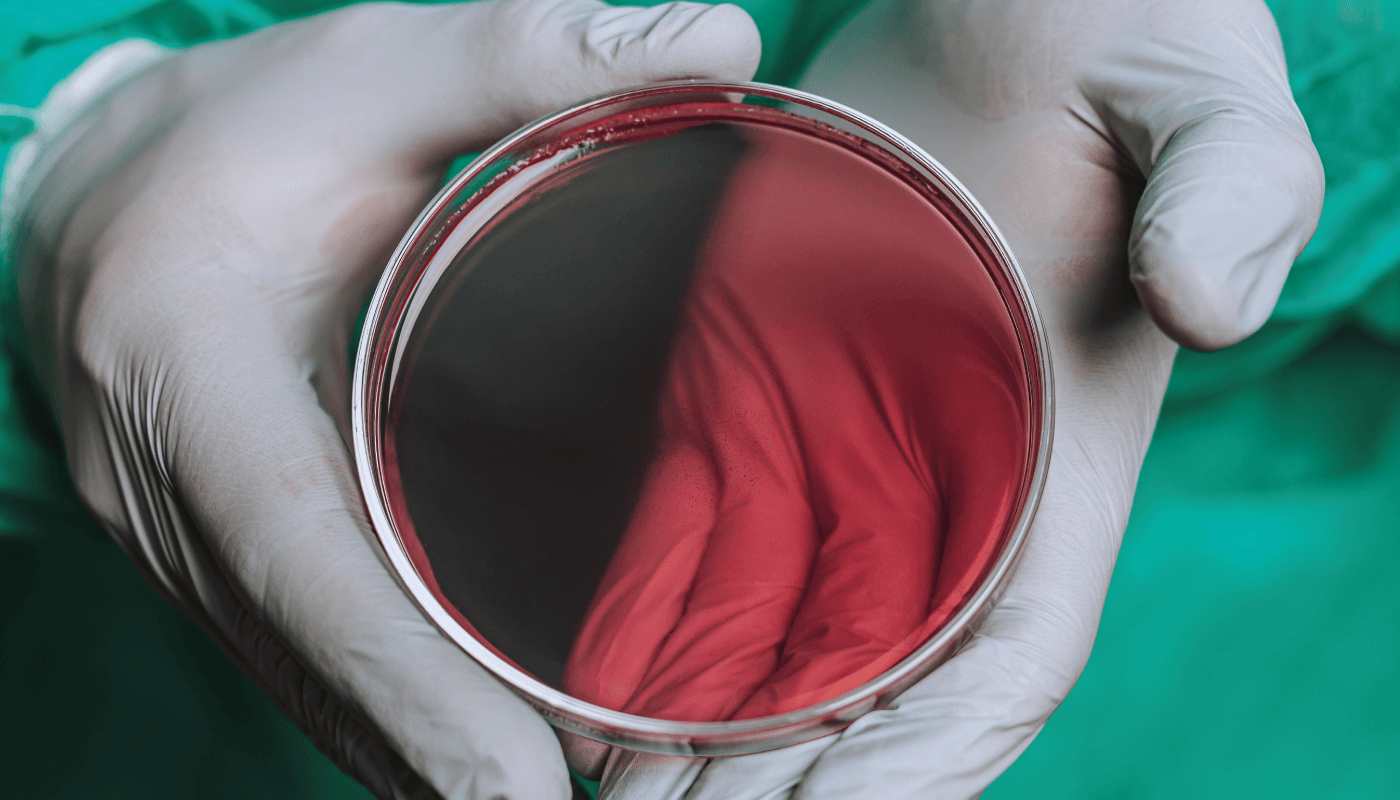
Better understanding of conjunctival biology could result in new therapeutic approaches for dry eye disease and other related conditions – but it may require the development of functional conjunctival tissue in vitro.
Fortunately, researchers from Japan’s Osaka University have identified the factors needed to successfully grow conjunctival tissue in the lab. Using human induced pluripotent stem cells, they generated self-formed ectodermal autonomous multi-zone (SEAM) cells. Next, by identifying growth factors in the SEAM subset responsible for developing conjunctival tissue, they managed to generate tissue that contained cells responsible for producing natural ocular surface lubricants. This suggests that the dish-grown tissue will make a good model for studying the biology of conjunctivae, potentially informing new regenerative therapies for ocular surface disorders.
References
- K Nomi et al., Cell Rep, 34, 108715 (2021). PMID: 33535050.
